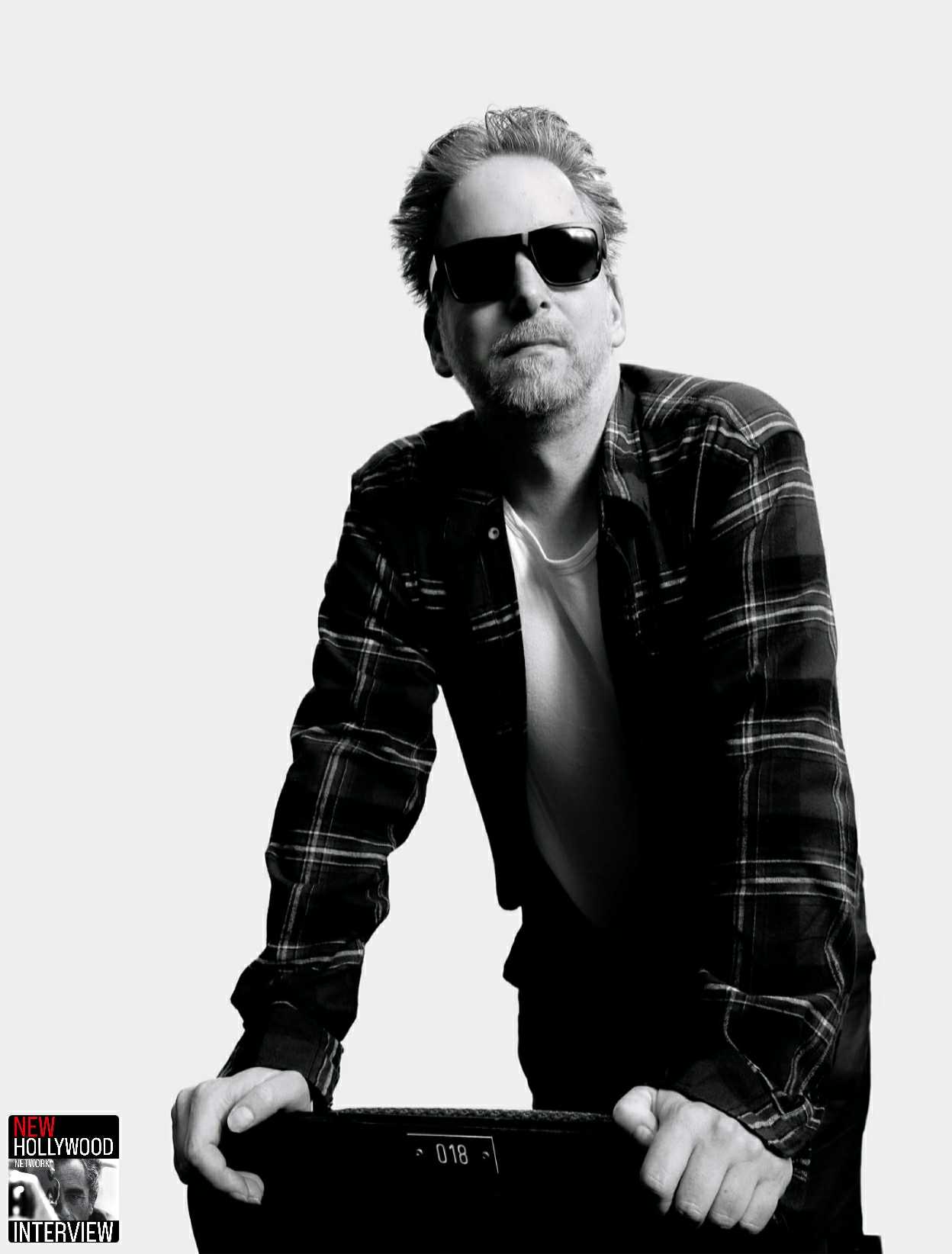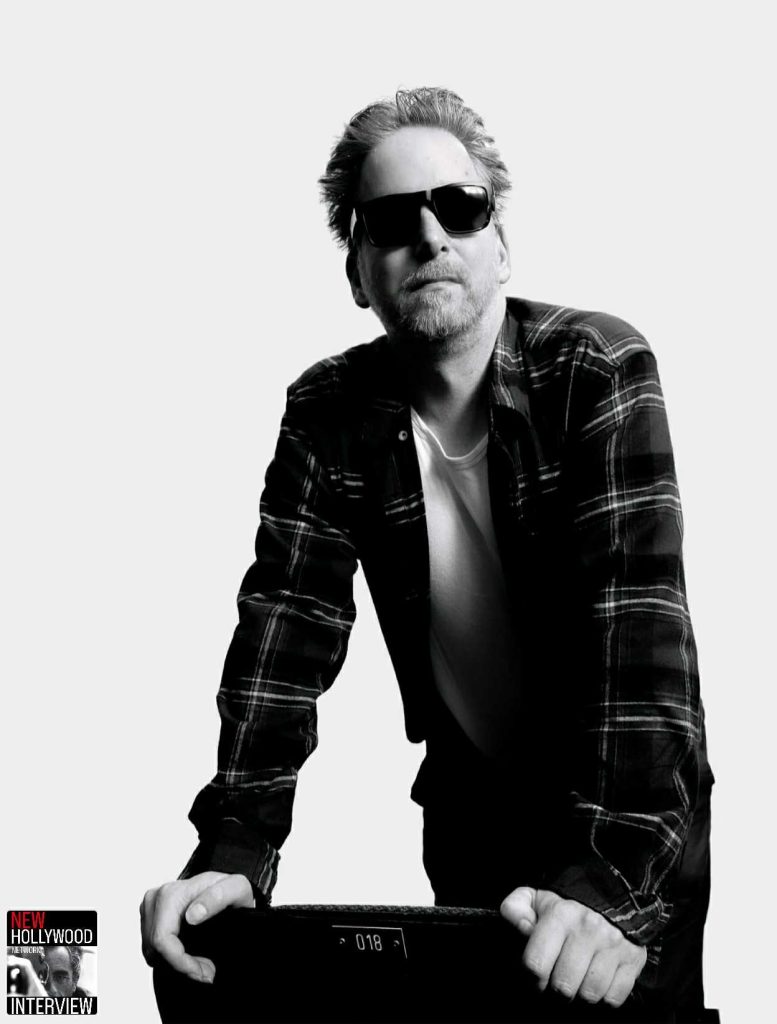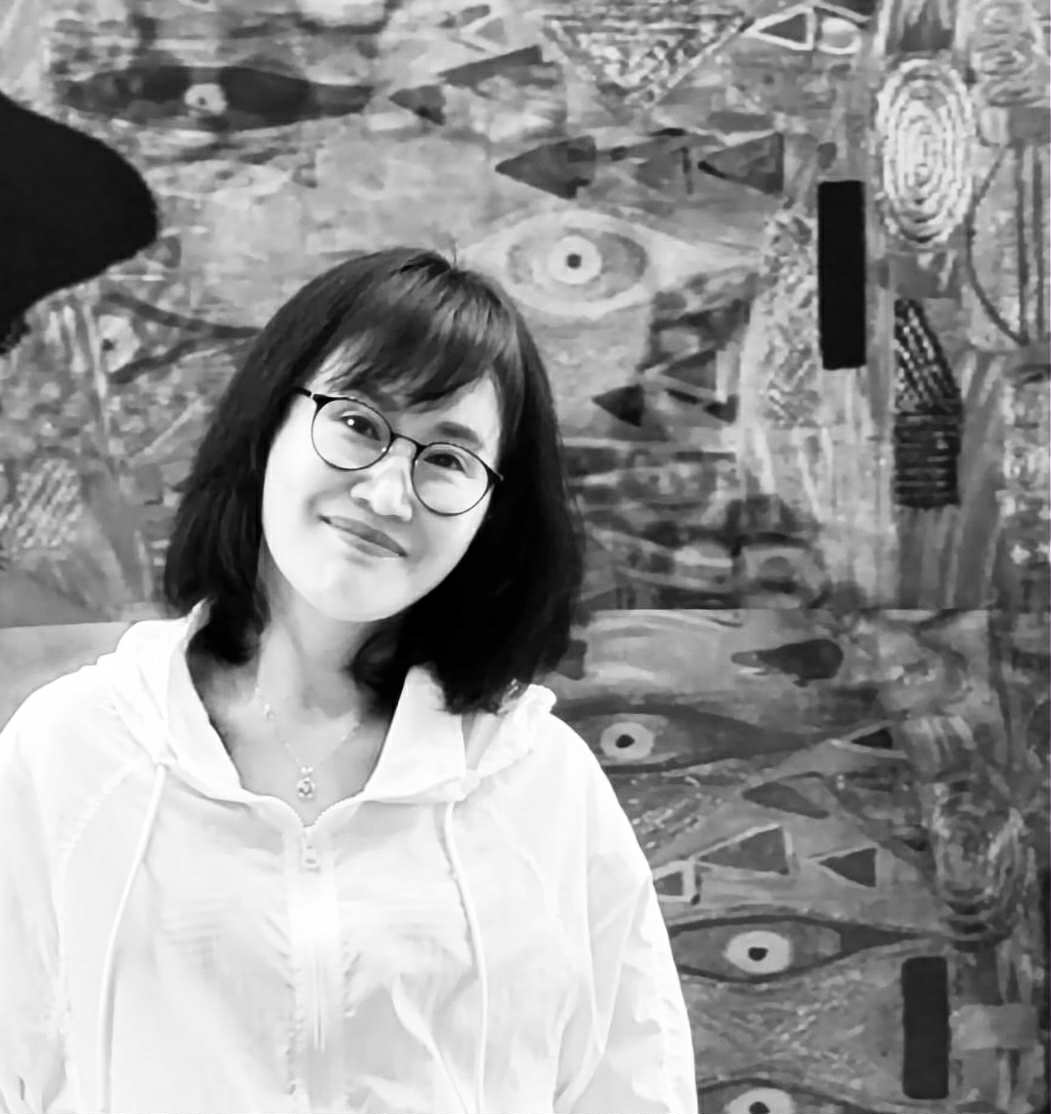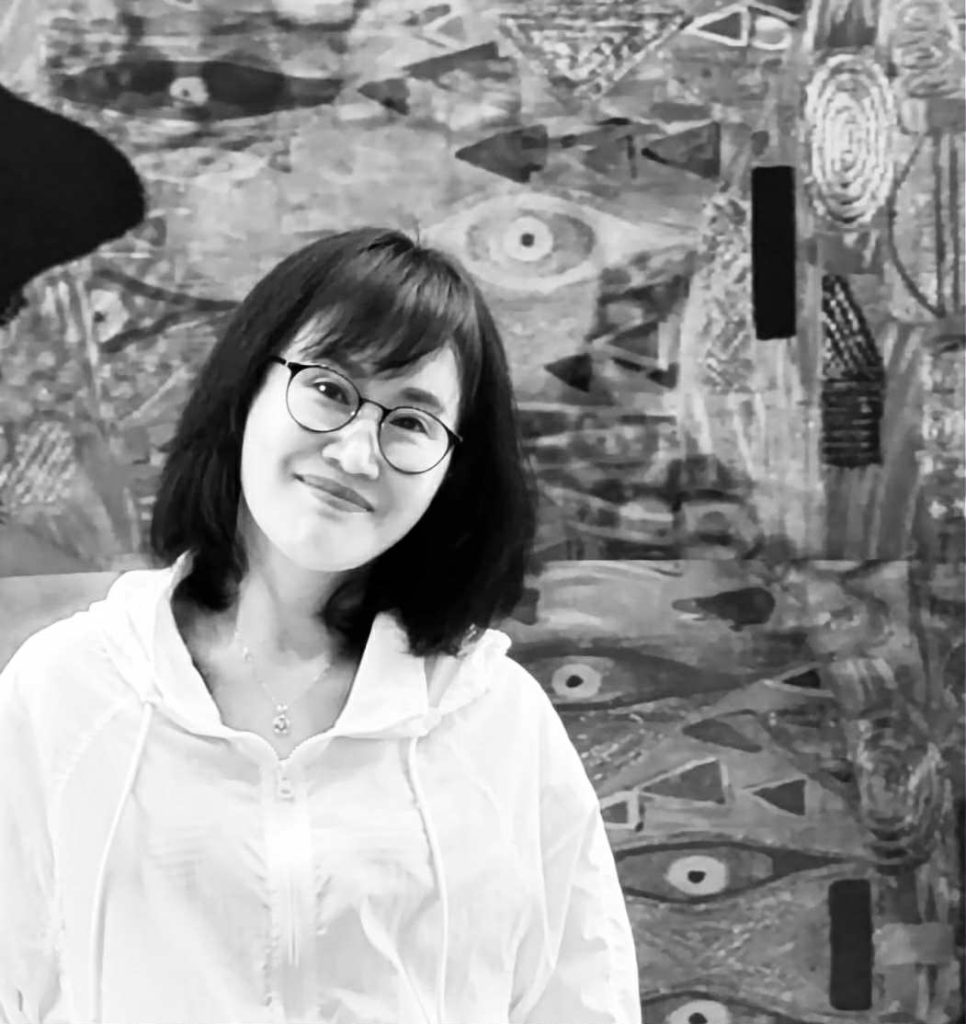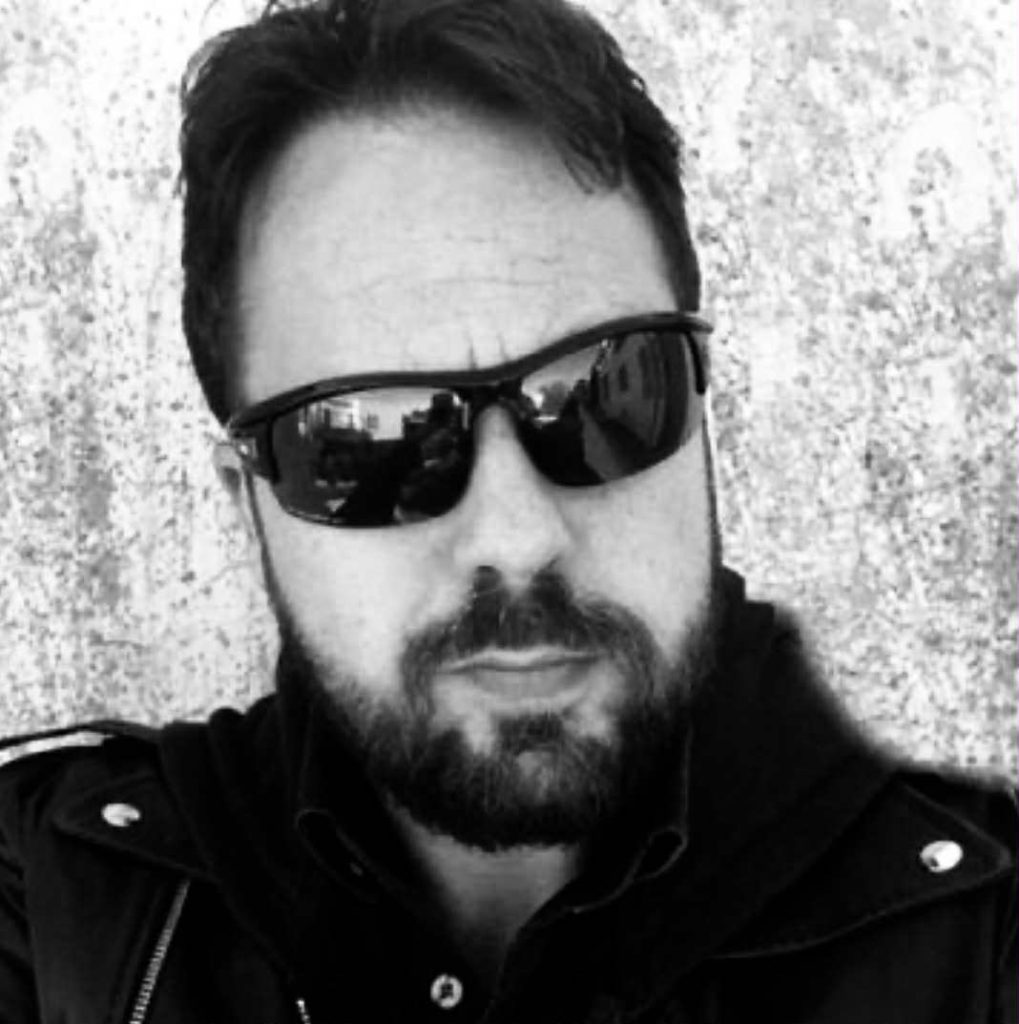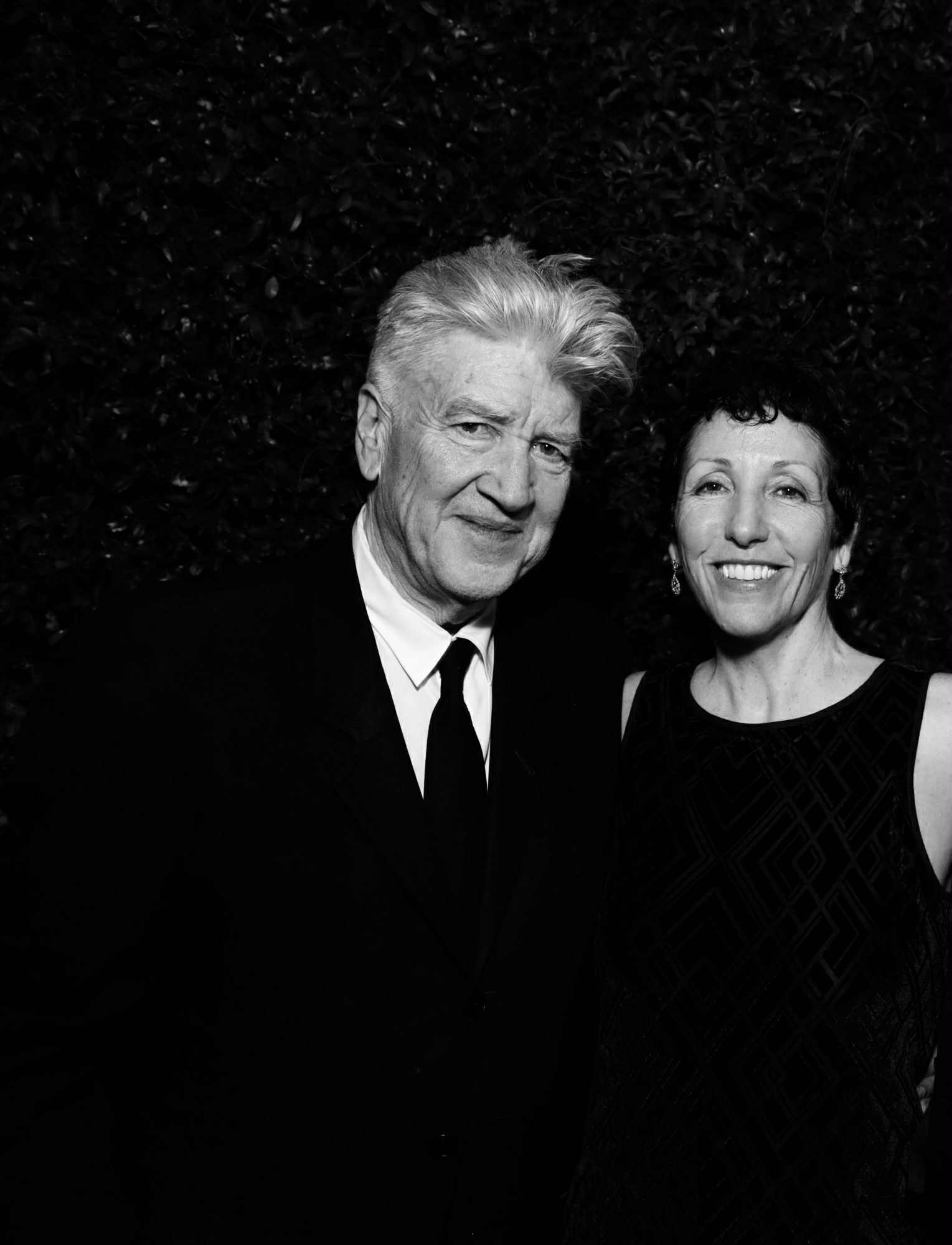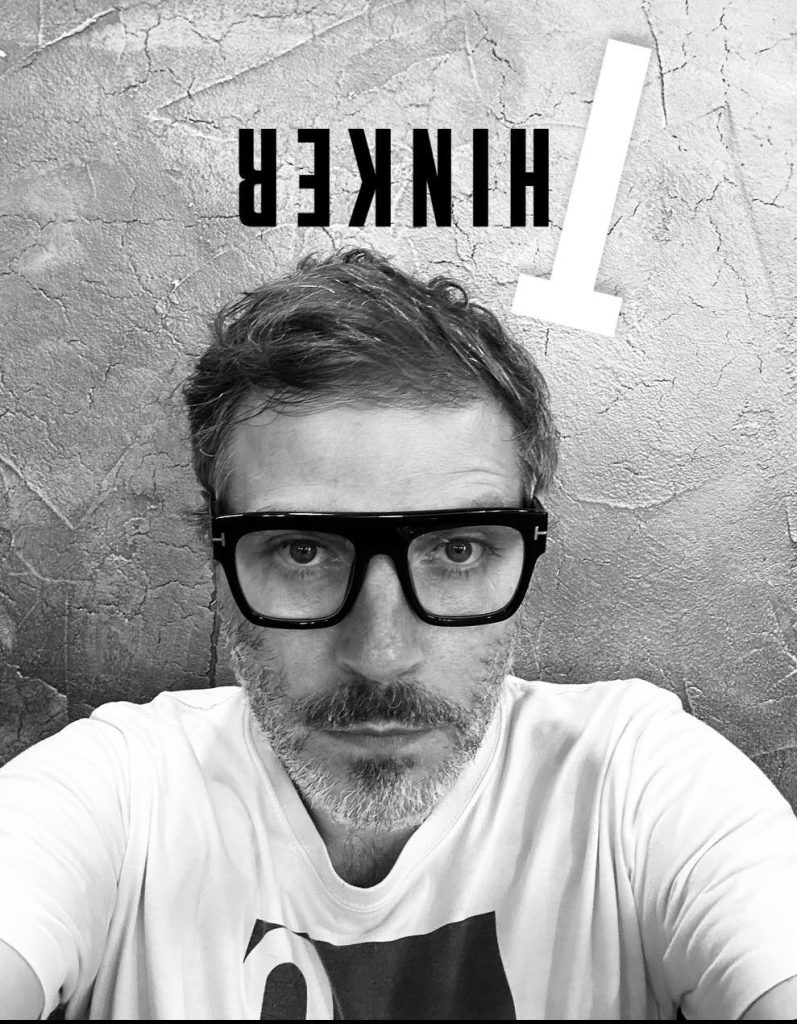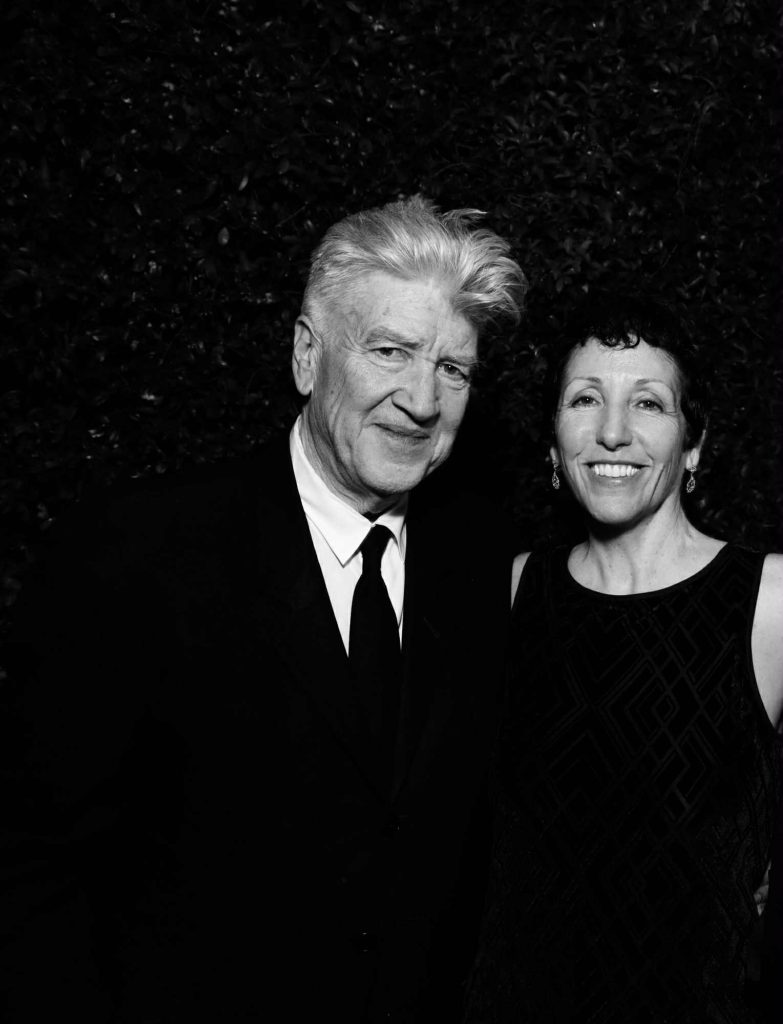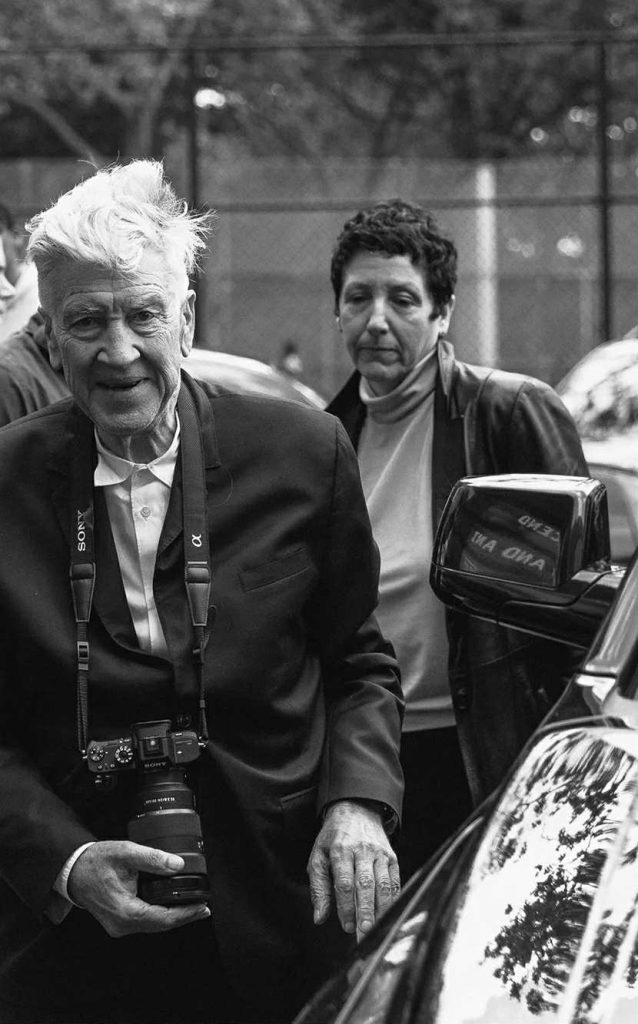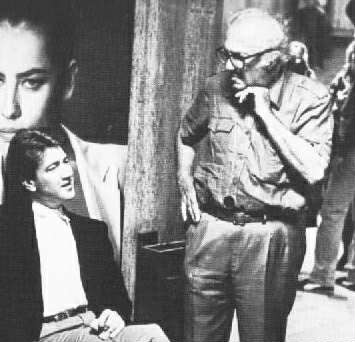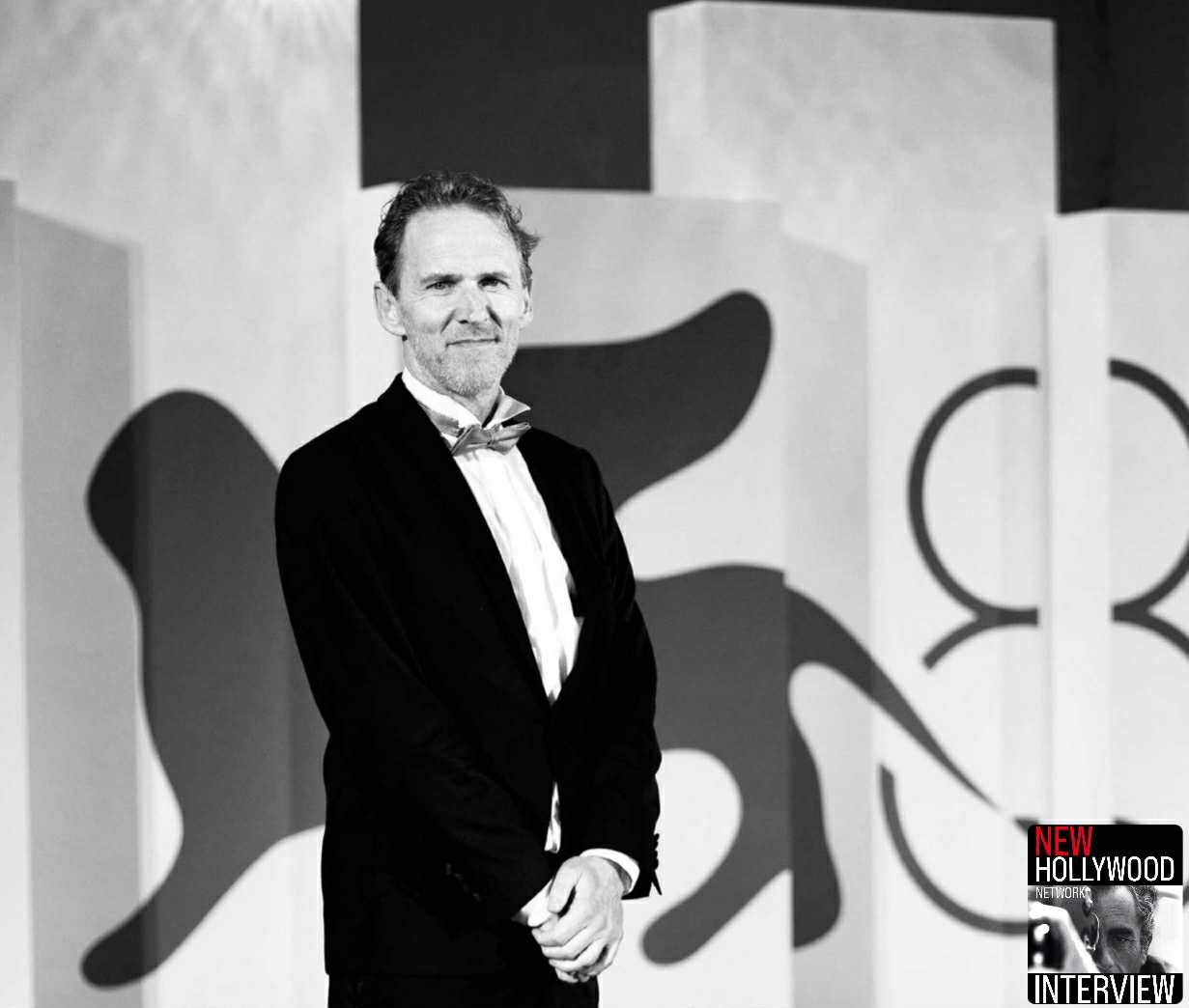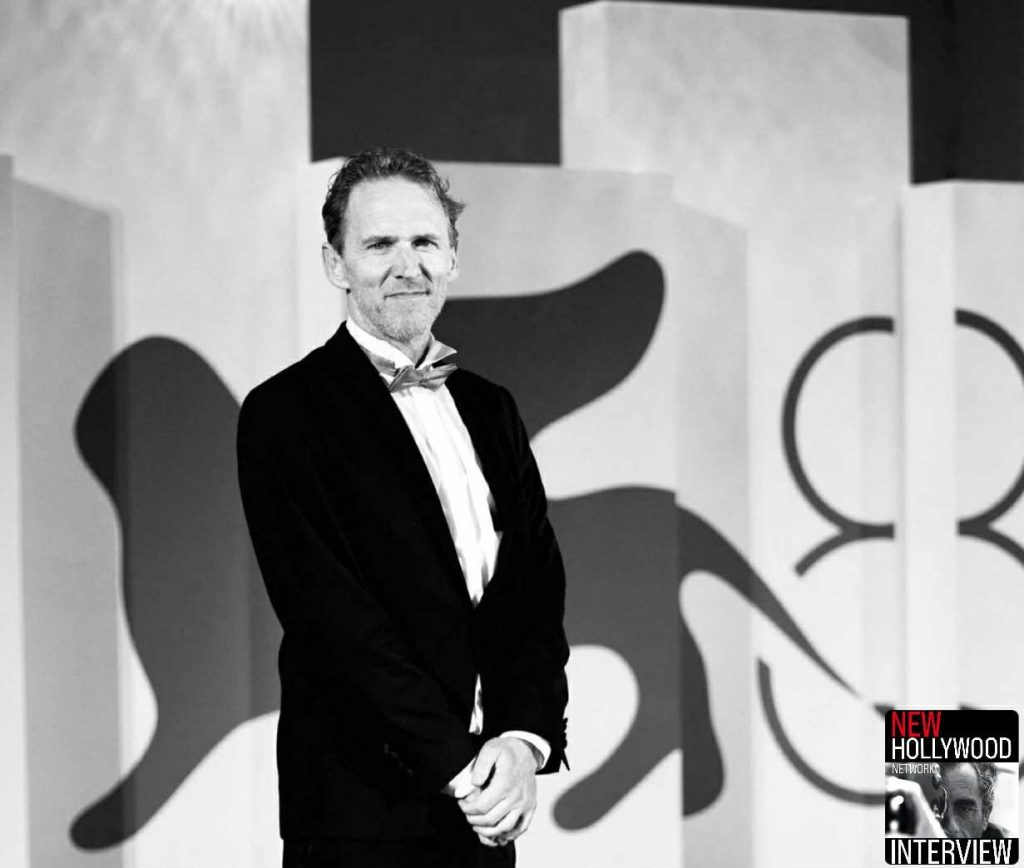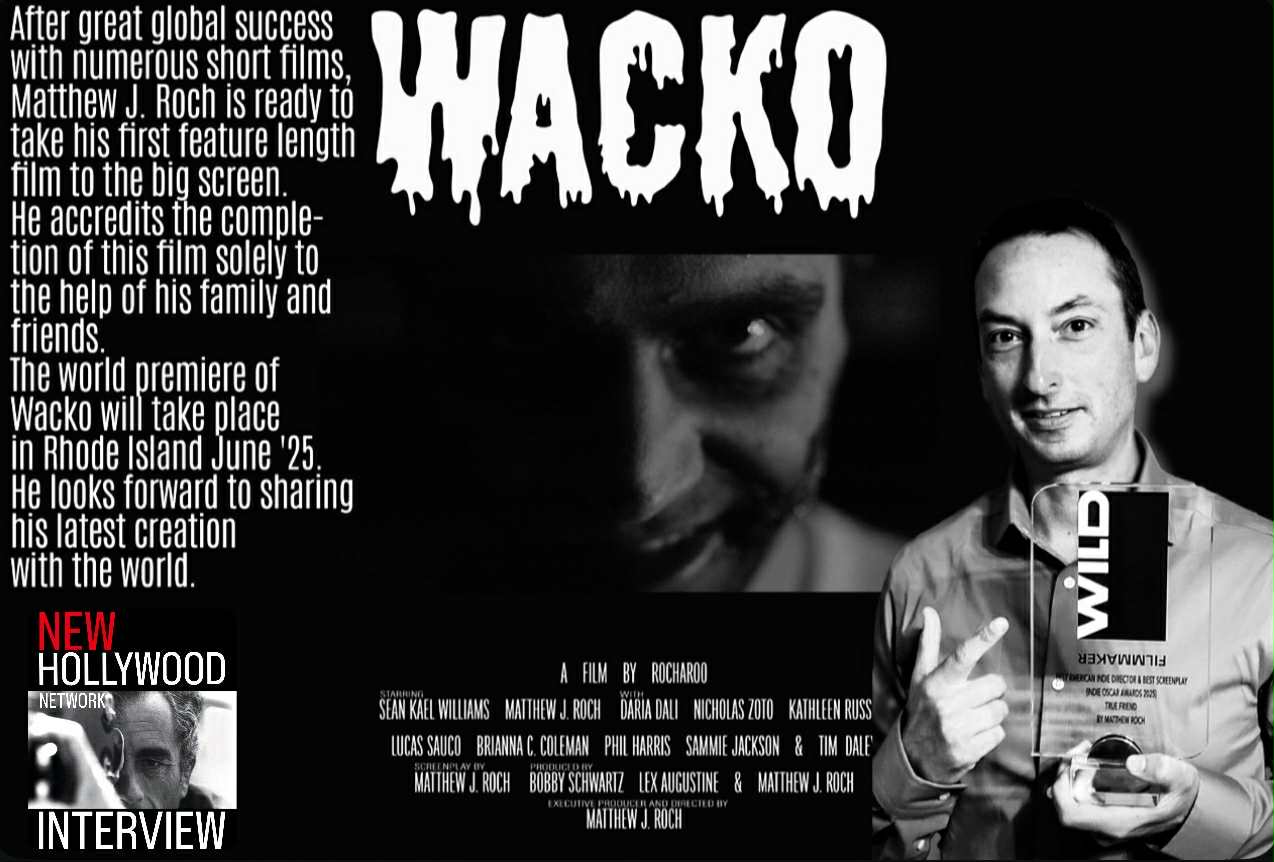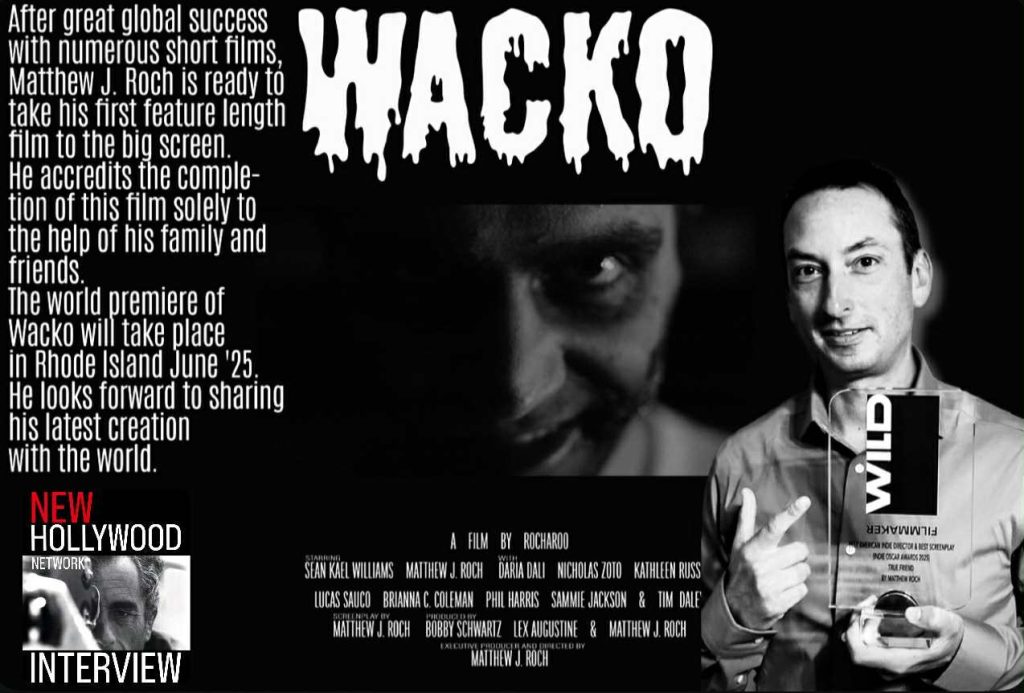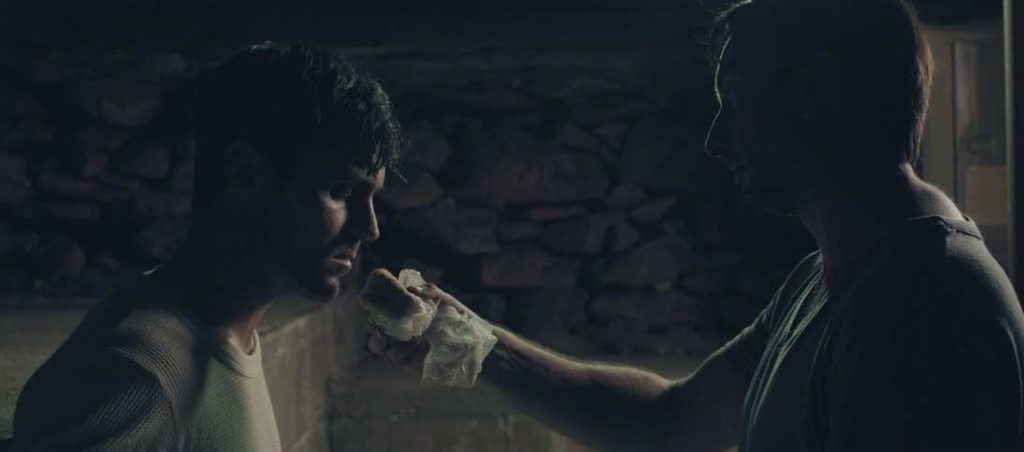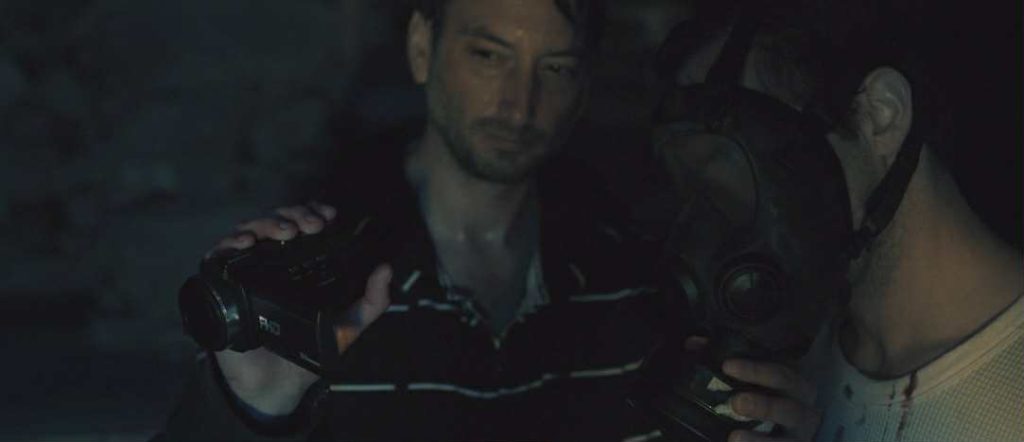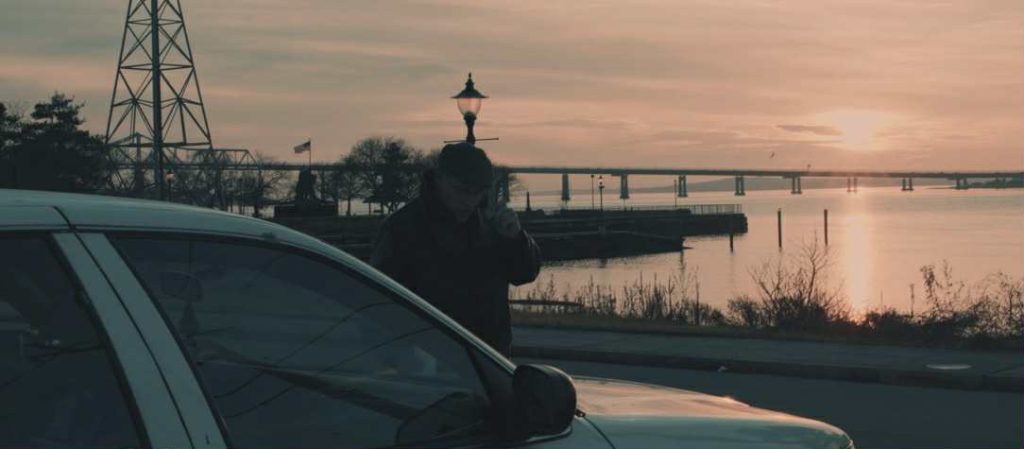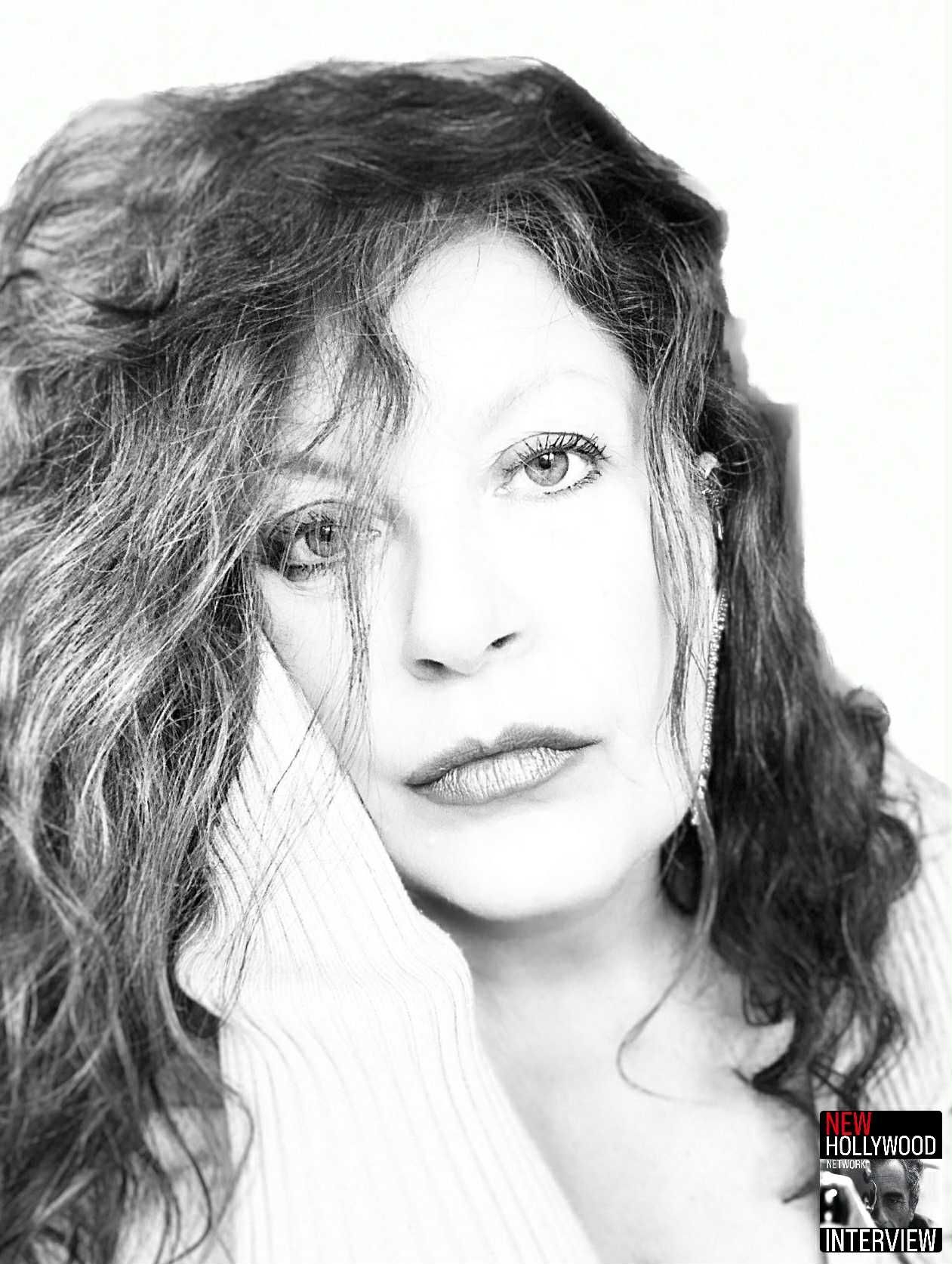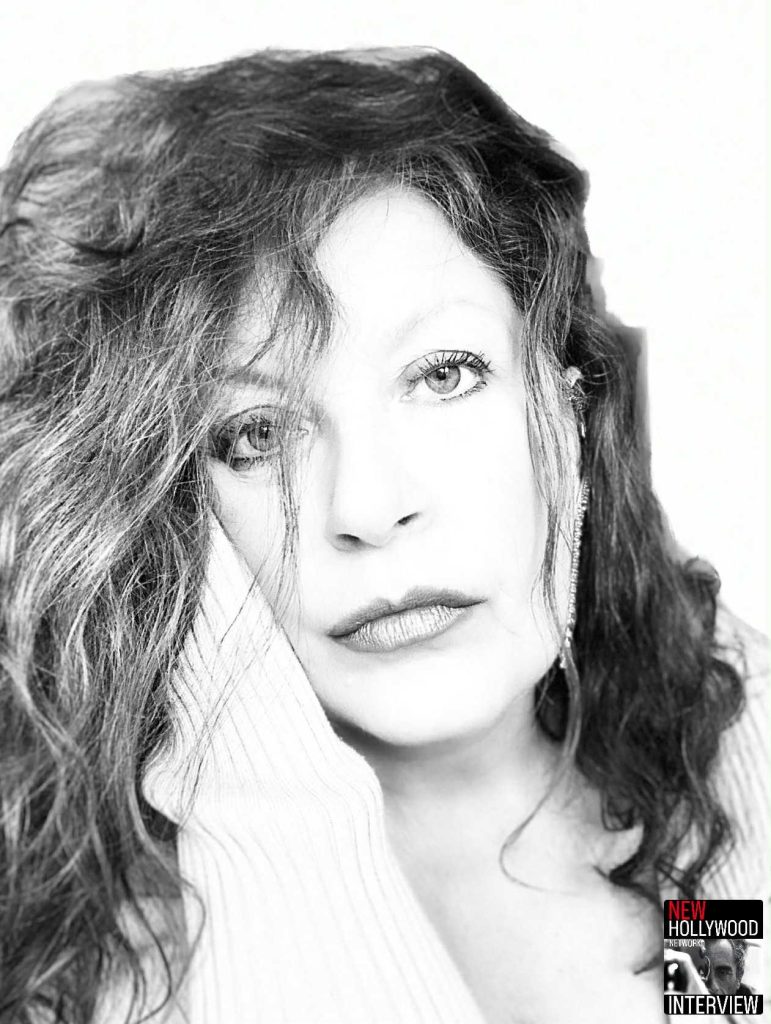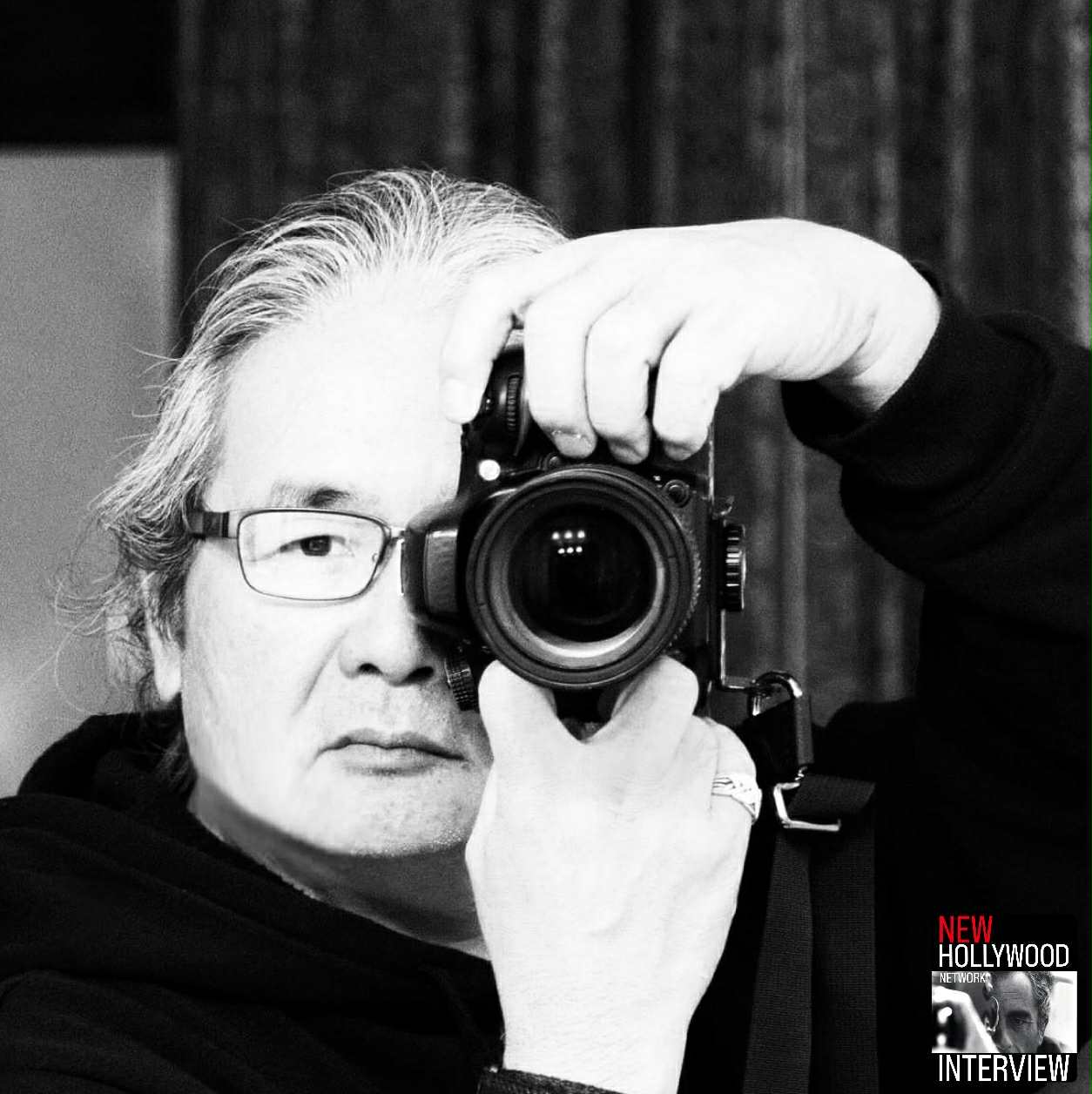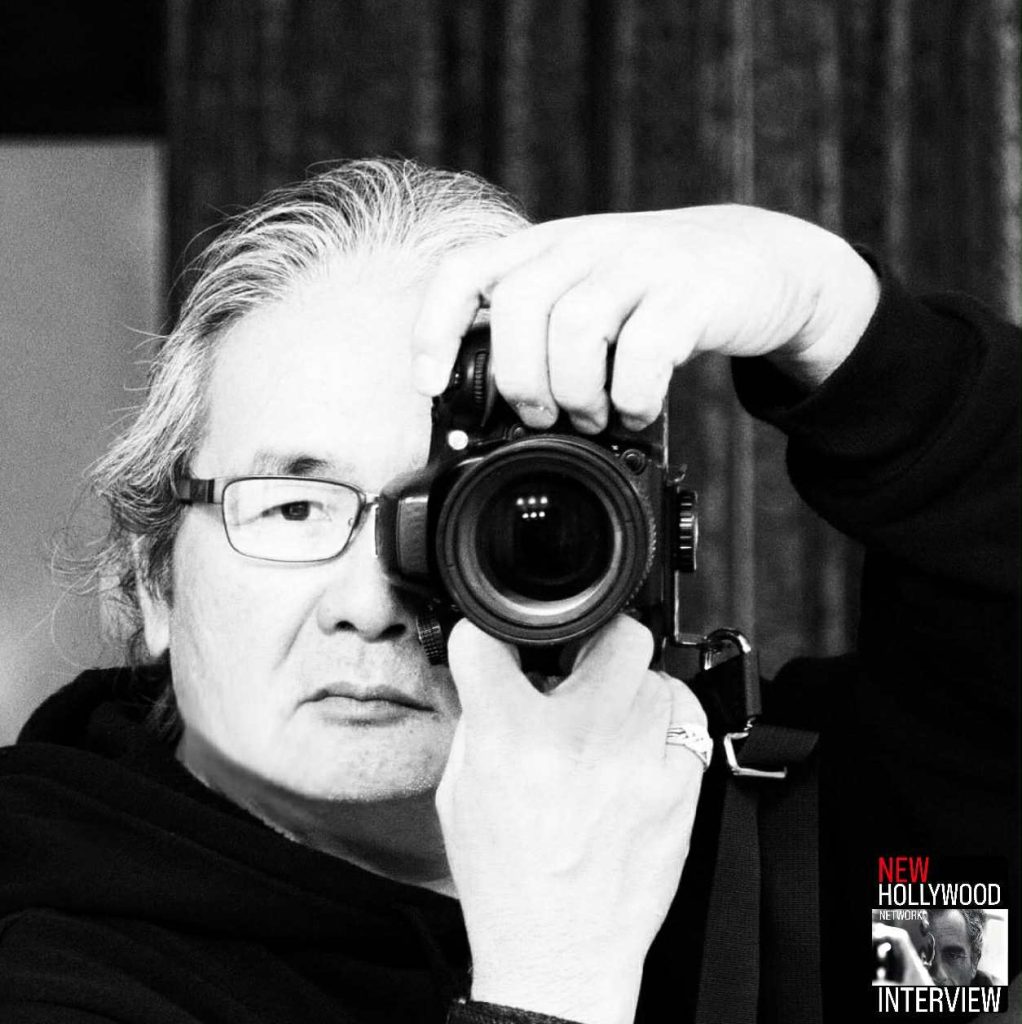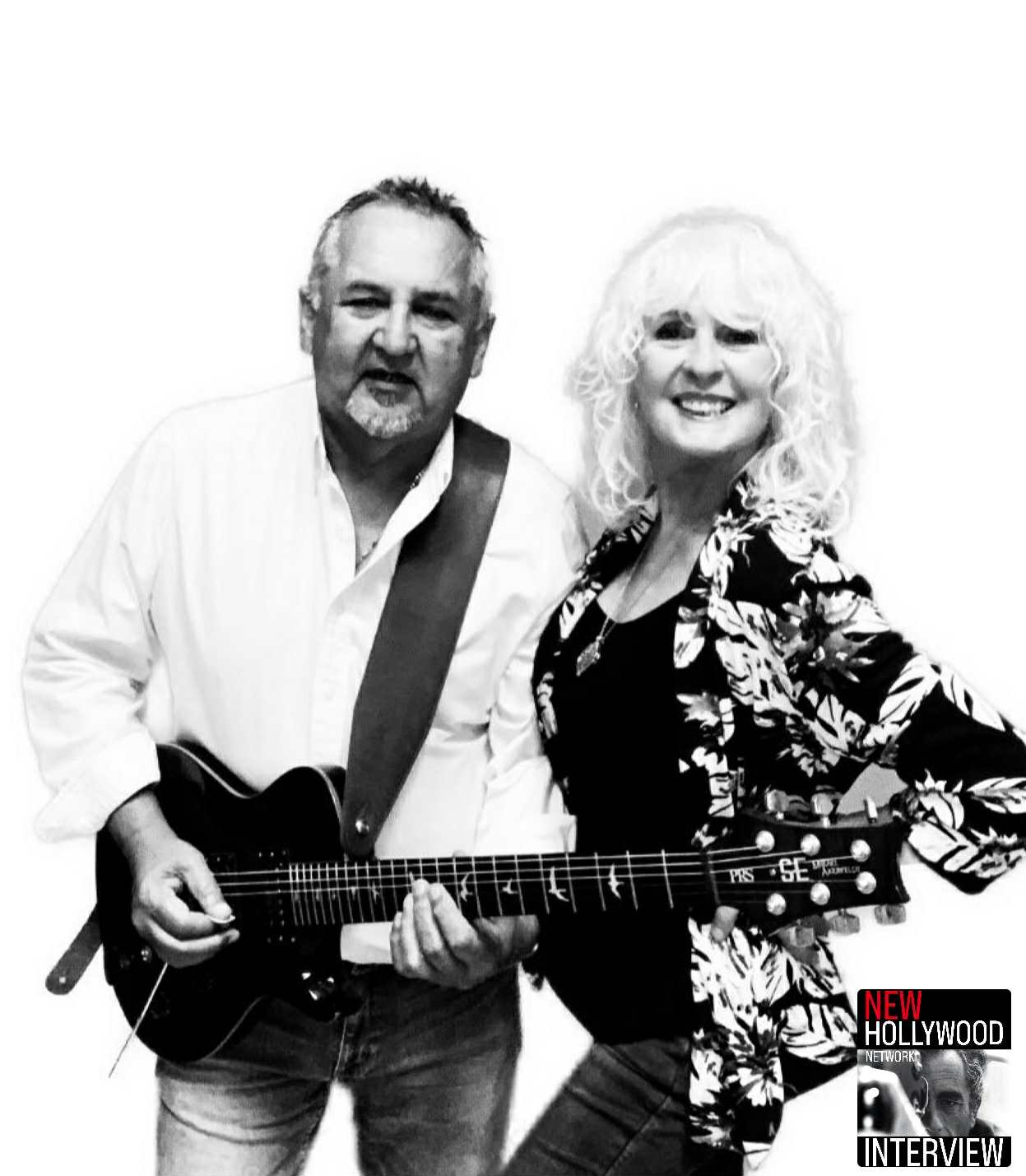by Michele Diomà
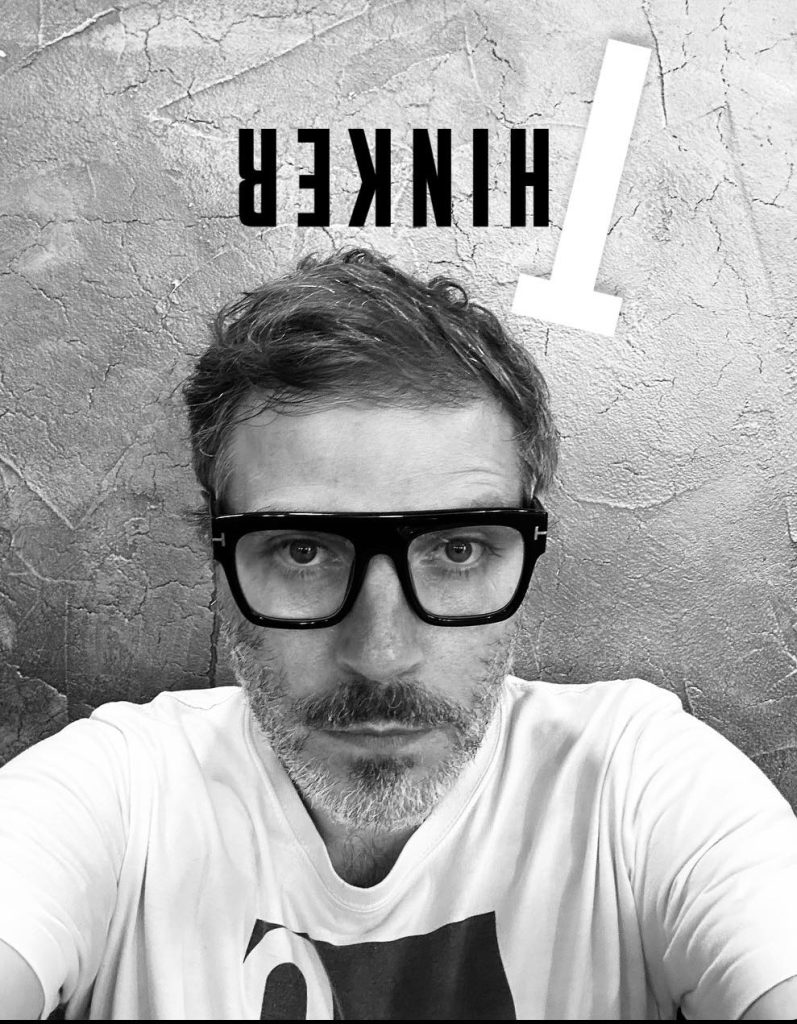
For my work as a film producer, I have been attending the Cannes Film Festival for more than 20 years. When I was young, I used to watch many films, but in recent years what was once a passion has become a job, and I rarely have the time to watch films during the Festival. However, the moment I saw the poster for Nouvelle Vague by Richard Linklater, I was immediately transported back to my teenage self — in love with the cinema of François Truffaut, Jean-Luc Godard, and all the directors of that wonderful historical period, defined by courage, recklessness, and passion, that filmmakers poured into their work and which we call the Nouvelle Vague.
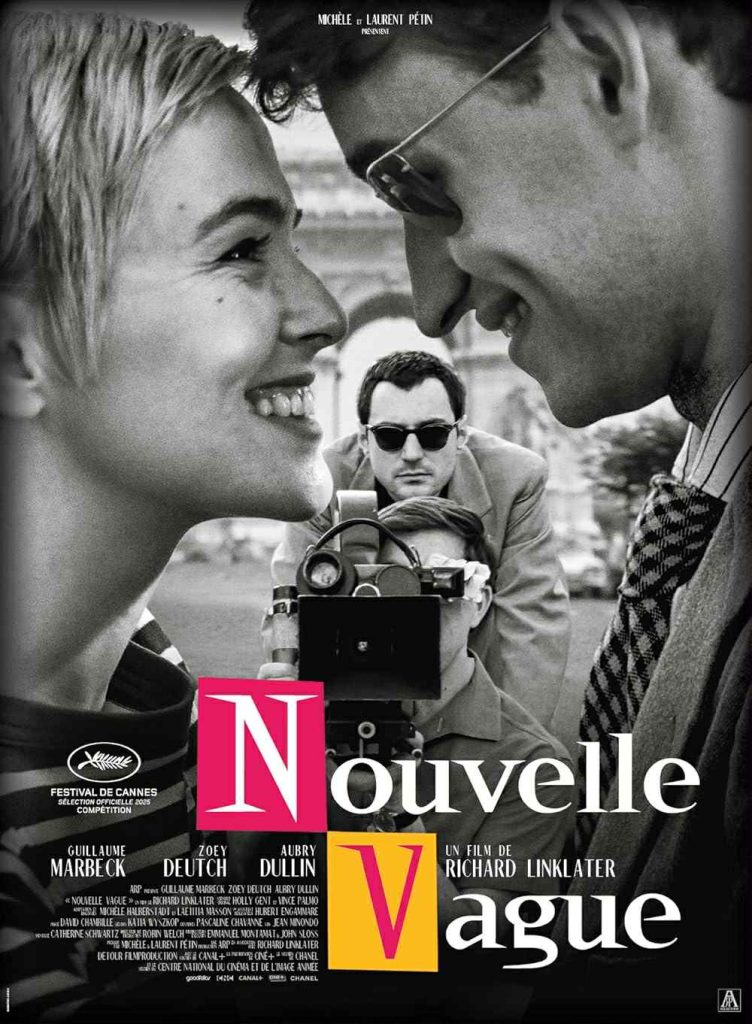
I stepped away from my production meetings at the Cannes Market for a few hours and went to see Nouvelle Vague. My review can be summed up in one word: HAPPINESS!
This film was a powerful aspirin for my cinephile soul! Nouvelle Vague deserves to win the Oscar, so that above all the younger generations can discover what cinema once was — and what it could once again become.
WILD FILMMAKER was born five years ago, inspired precisely by the idea of creating a global contemporary Nouvelle Vague. That is why I am so happy to welcome Adrien Rouyard — who portrayed François Truffaut in the poetic Nouvelle Vague — into the WILD FILMMAKER Community!
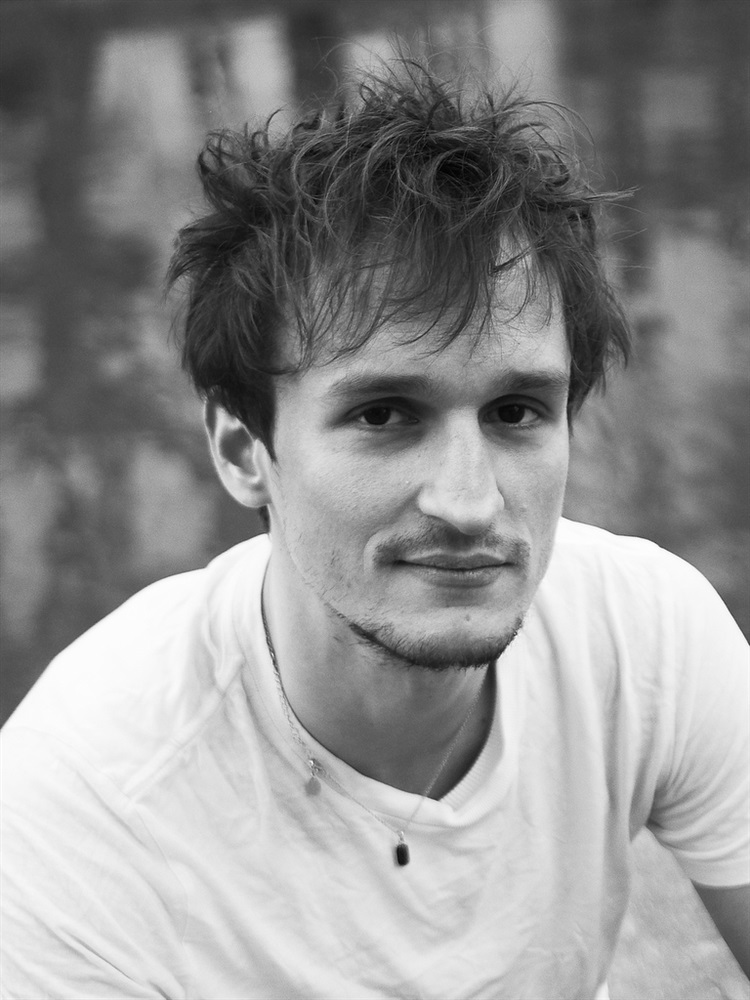
– Who is Adrien Rouyard?
I was born in 1992 and grew up in a small town called Marignier in Haute-Savoie, very close to Mont-Blanc. At the age of 20, I moved to Paris to try to become an actor. I first joined a drama school, Cours Florent, where I studied for three years. Then, in 2015, I entered the École du Nord, a higher school of dramatic arts located in Lille, in northern France, where I studied for another three years. Since then, I’ve been living again in Paris. My main activity remains the theater, which I consider “my home,” but I also work in cinema and television.
Being an actor is very important to me, but I also have other passions. I am a big tennis fan, I enjoy gastronomy, and I am also very interested in oenology. And whenever possible, I love to return to my childhood homeland to go into the mountains.
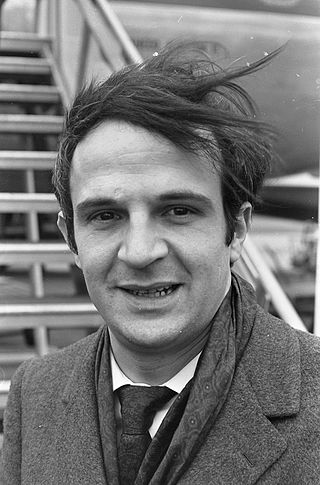
– You played François Truffaut in the film Nouvelle Vague, which I consider the best presented at the last Cannes Film Festival. How did you build this character?
Since the end of my teenage years, I have felt a special affection for the Nouvelle Vague and for François Truffaut. Even before knowing that I would portray him, I was familiar with his interviews and his writings. So I imagine something must have already seeped into me. Then, before shooting, I immersed myself again in all the archives I could find on the internet. My work consisted of finding the right balance — getting closer to his gestures, rediscovering his smile and his gaze, while still allowing my own personality to come through.
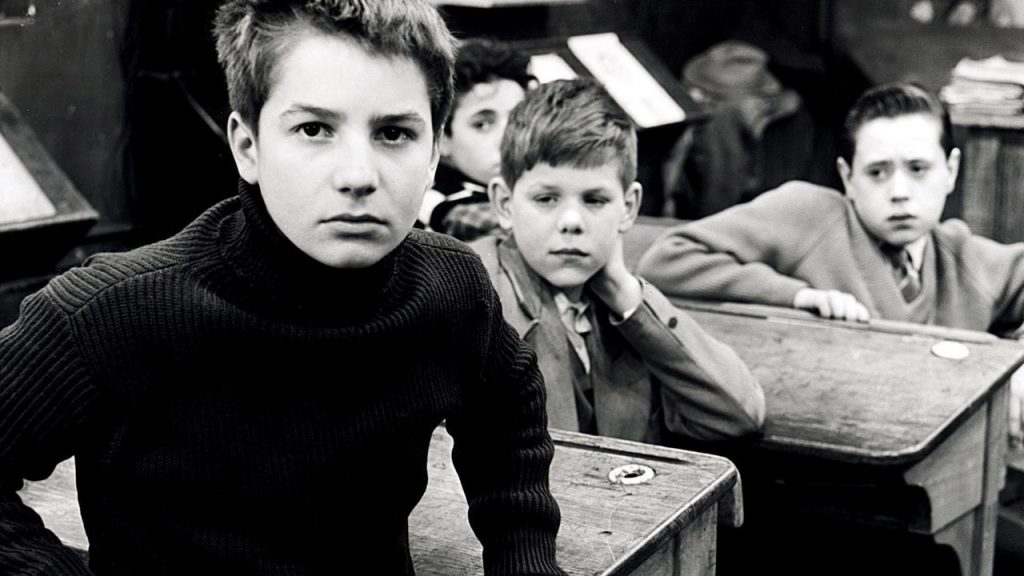
– Which Nouvelle Vague films do you love the most?
The 400 Blows remains the most important for me. It was the first one I discovered and the one I cherish the most. I watch it at least once a year. James Gray once said it has one of the most beautiful endings in cinema, and I agree with him.
Otherwise, I would also mention The Soft Skin, another Truffaut film, Pierrot le Fou by Godard, Cléo from 5 to 7 by Agnès Varda, and Elevator to the Gallows by Louis Malle.
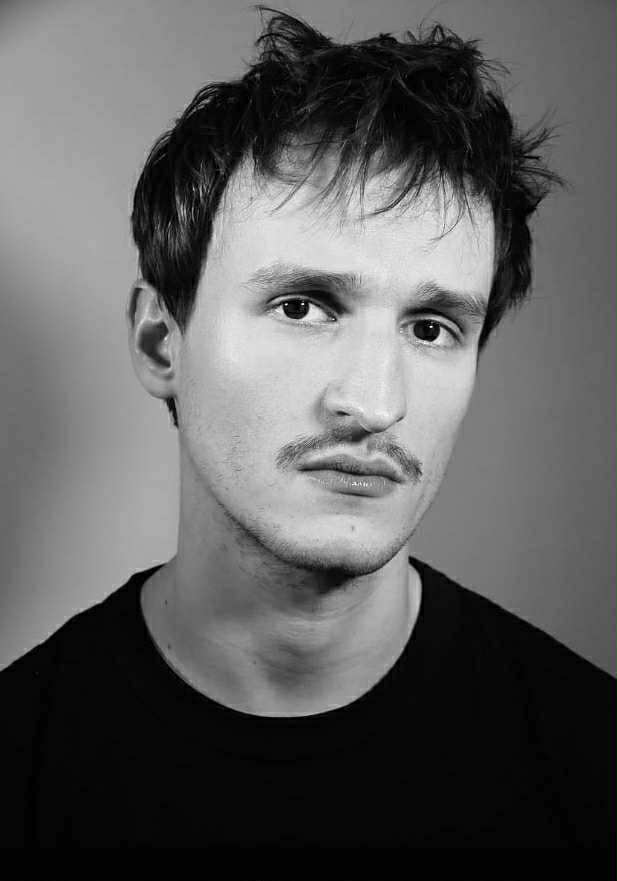
– What projects are you currently working on?
I am preparing to shoot in the next film by Robert Guédiguian, titled Une Femme Aujourd’hui, and I will soon resume rehearsals for a play directed by Tiphaine Raffier, which will premiere in 2026 and whose theme is illness, inspired by Thomas Mann’s The Magic Mountain.
– What kind of role would you like to play in a film?
A schoolteacher or a priest.
